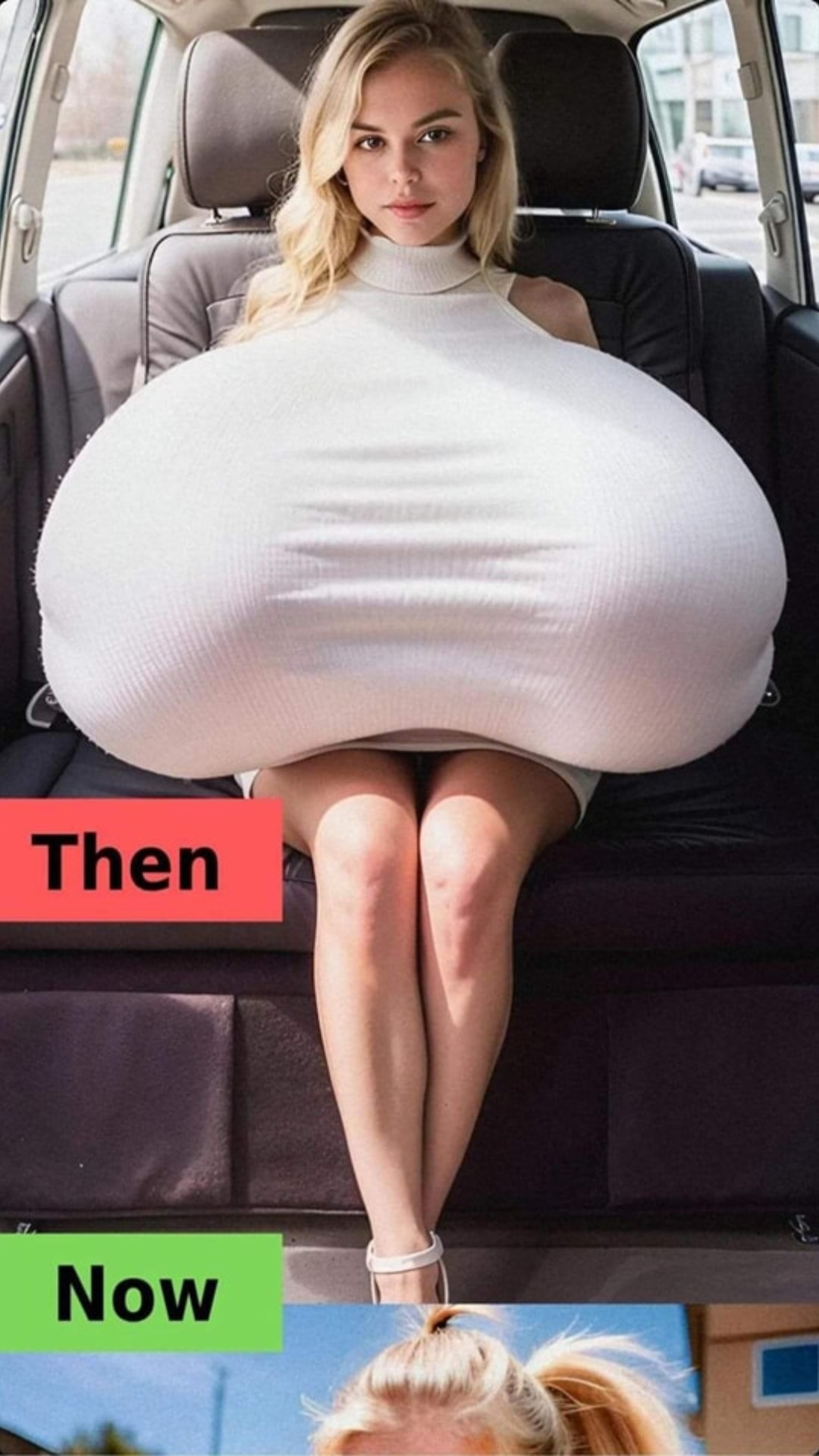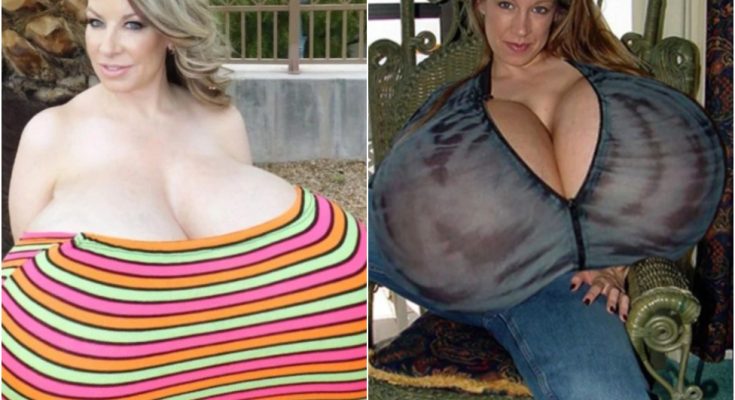𝙻𝚊𝚛𝚐𝚎𝚛 𝙱𝚛𝚎𝚊𝚜𝚝𝚜: 𝚆𝚑𝚢 𝚆𝚘𝚖𝚎𝚗 𝚆𝚊𝚗𝚝 𝚃𝚑𝚎𝚖 𝙰𝚗𝚍 𝙼𝚎𝚍𝚒𝚊’𝚜 𝚁𝚘𝚕𝚎 𝚒𝚗 𝙸𝚝

The desire for larger breasts in women is influenced by a combination of factors, including societal, evolutionary, and media influences. While some women may seek bigger breasts for perceived attractiveness to men or societal standards, individual preferences vary widely.
Evolutionary perspectives suggest that larger breasts may signal fertility, but attractiveness is multifaceted. Societal perceptions tie big breasts to maturity and femininity, impacting self-perception. Professional success can be affected by physical appearance, but skills and qualifications are crucial. Fashion and media standards historically favored certain body types, creating pressure.

